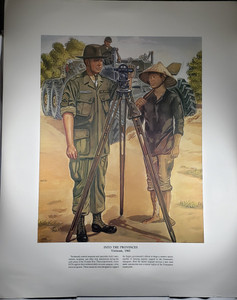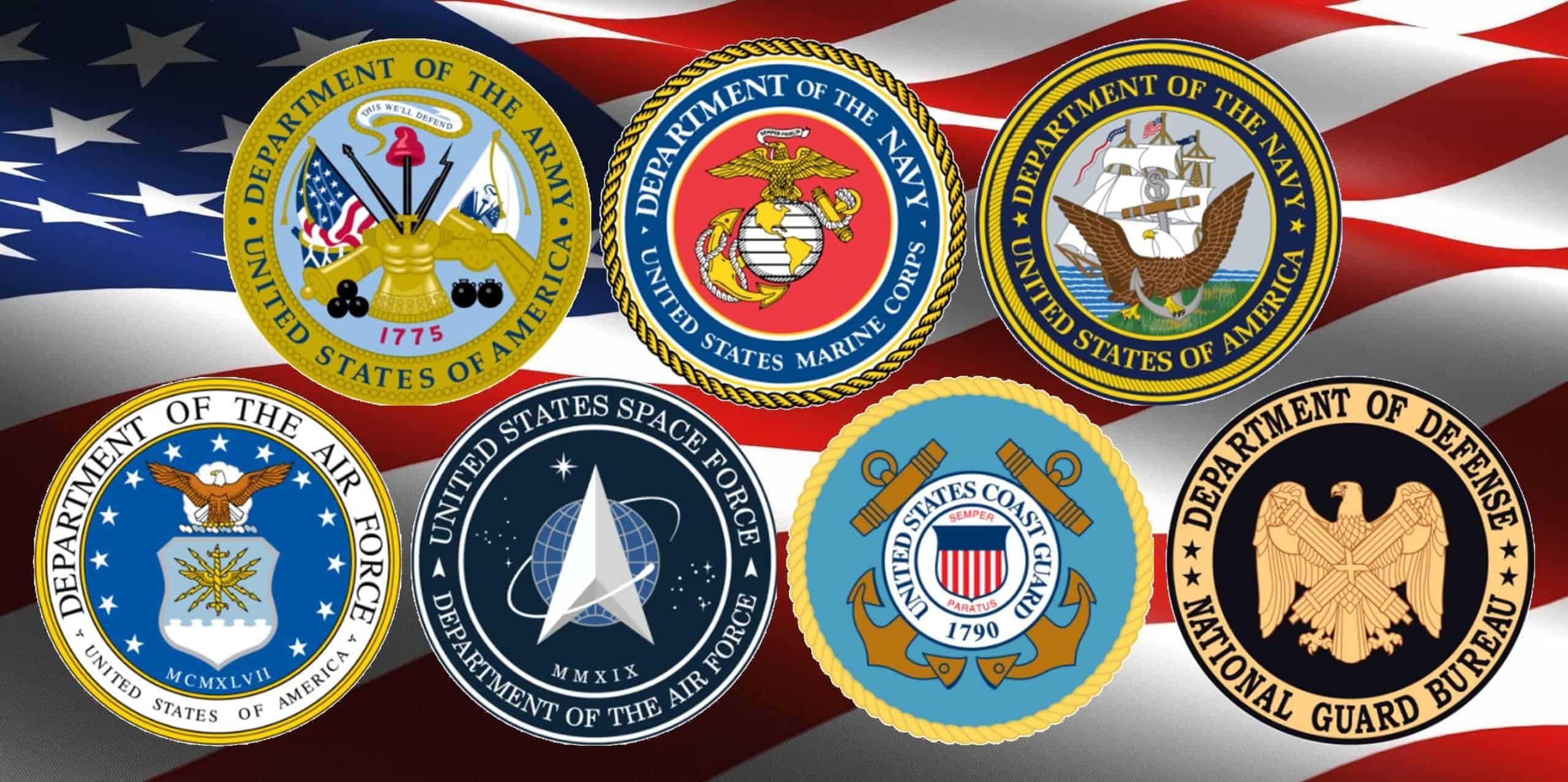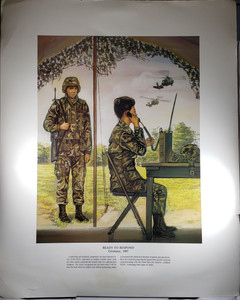
To Range the Woods - New York, 1760
During the colonial wars before the Revolution, Ranger patrols, often led by sergeants, performed valuable scouting missions for the British regulars trying to capture Canada from the French. Such military operations in heavily forested North America differed from Old World linear tactics. As opposed to their European NCO counterparts, who were used primarily to prevent straggling and maintain fire discipline, American NCOs had the opportunity to demonstrate small-unit leadership skills and independent judgment. Here Rangers, including an American sergeant about to set off on a raiding mission into French territory, discuss their mission with a regular sergeant of the British Army.
Eighteenth-century uniforms derived from contemporary civilian clothing on both sides of the Atlantic. British coats, waistcoats, and knee breeches were made of red cloth, the "national color" (leading to the nickname "lobsterbacks"). Long leggings or gaiters protected the legs. Variation in "facings" (cuffs, lapels, and lining) and the lace around the buttonholes distinguished different regiments. The British regular sergeant shown here is distinguished from private soldiers by the sash with facing stripe worn around his waist, and by the European halberd he carries instead of a musket-the halberd being more of a badge of office than a true weapon.
American Provincial units' uniforms appeared similar, but differed in color -- either blue or, in the case of the Rangers, green. Wilderness conditions caused practical modifications, such as discarding the standard cocked hat in favor of headgear less prone to get in the way in the woods. The longer European coat was replaced by a shorter jacket, and shoes and gaiters were abandoned in favor of moccasins and Indian cloth leggings.
NCOs in this era were distinguished from privates by having better -- quality uniforms. The Ranger sergeant wears worsted cording (instead of the even more ornate silver that an officer would wear) around his buttonholes. He is armed, like his men, with a cut-down musket and a tomahawk, which the Rangers favored instead of traditional European edged weapons.
The Poster in the picture is the one for purchase.






